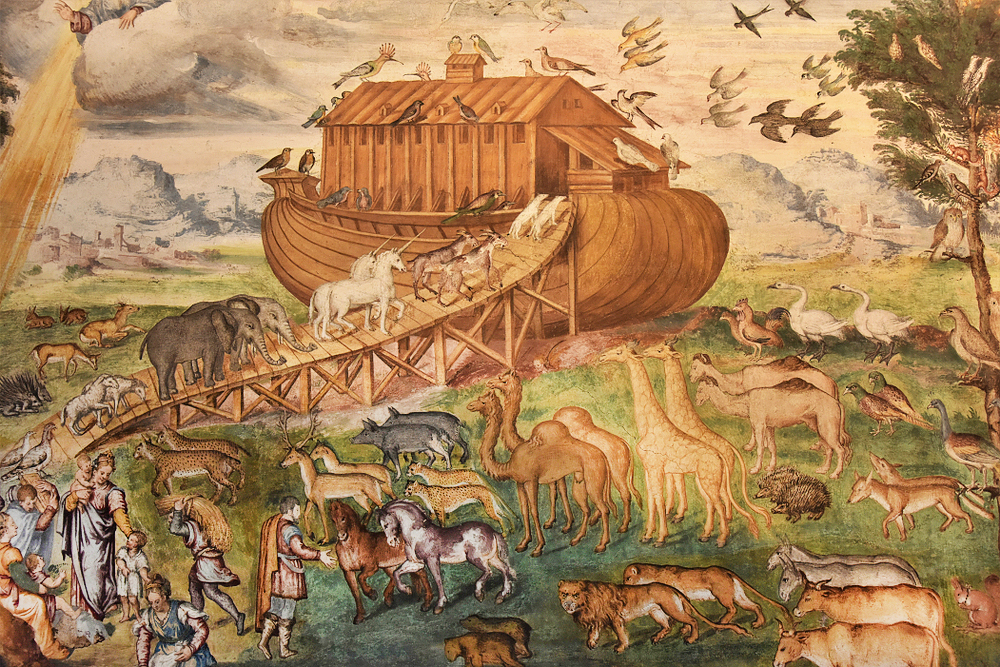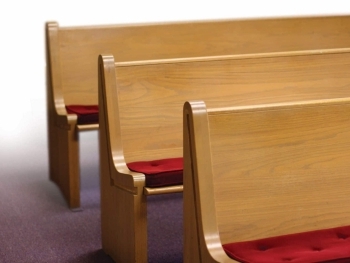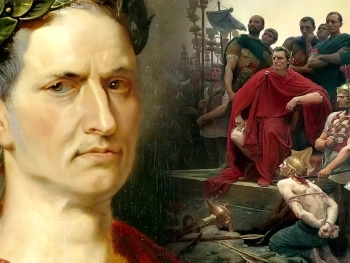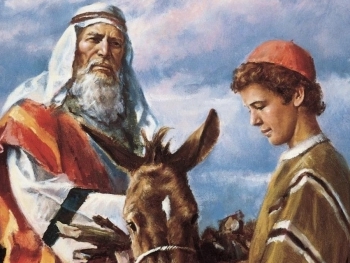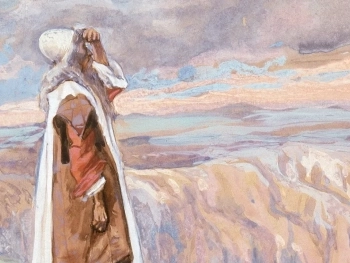The Bible is rich with symbolic imagery, and few symbols carry as much profound meaning as the dove and the olive branch. These iconic elements are introduced in the narrative of Noah's Ark, marking a pivotal moment in biblical history. This article explores the symbolism of the dove and the olive branch, delving into their significance as enduring signs of hope.
The Deluge and the Ark:
The story unfolds in Genesis 6-9, where humanity's wickedness prompts God to bring forth a great flood to cleanse the earth. Noah, a righteous man, receives divine instruction to build an ark to save himself, his family, and pairs of each animal species. As the waters recede, the ark comes to rest on Mount Ararat, signifying a new beginning for life on earth.
The Dove's First Flight:
To ascertain if the waters had sufficiently receded, Noah sends out a dove three times. The first time, the dove returns without finding a resting place. The second time, the dove returns with an olive leaf in its beak. Finally, on the third attempt, the dove does not return, signaling that the earth is ready for new life to emerge.
Symbolism of the Dove:
The dove is a powerful symbol throughout the Bible, often representing peace, purity, and the Holy Spirit. In this context, the dove's initial flight represents the search for a place to rest – a quest for peace and stability after the chaos of the flood. The dove's return with an olive leaf is a symbol of hope and renewal, marking the subsiding of God's judgment and the dawn of a new era.
The Olive Branch:
A Symbol of Peace and Renewal: The olive branch, carried by the dove, holds deep symbolism in various cultures and religions. In biblical contexts, the olive tree is associated with abundance, peace, and divine favor. The olive branch presented by the dove symbolizes God's mercy and the promise of a peaceful covenant with humanity.
Biblical Parallelism:
The imagery of the dove and the olive branch in the Noahic narrative finds echoes in later biblical passages. In the New Testament, during Jesus' baptism, the Holy Spirit descends upon him in the form of a dove, reinforcing the symbolism of the dove as a bearer of divine presence and peace.
Contemporary Symbolism:
The dove and the olive branch have transcended their biblical origins, becoming universally recognized symbols of peace and hope. The image is often invoked in art, literature, and cultural representations to convey messages of reconciliation, renewal, and the potential for harmony even in the aftermath of turmoil.
Lesson for Today:
The narrative of the dove and the olive branch serves as a timeless lesson for individuals navigating challenges and seeking hope in a troubled world. It reminds us that even in the face of adversity, there are signs of renewal and the potential for peace. The symbolism encourages believers to look for the olive branches in their own lives – the signs of hope that herald a brighter future.
The dove and the olive branch, as introduced in the story of Noah's Ark, stand as enduring symbols of hope, peace, and renewal. Their significance extends beyond the biblical narrative, resonating across cultures and generations. In a world often marked by turbulence and uncertainty, the imagery of the dove and the olive branch remains a source of inspiration, reminding us of the enduring possibility for hope and peace even in the midst of life's storms.
